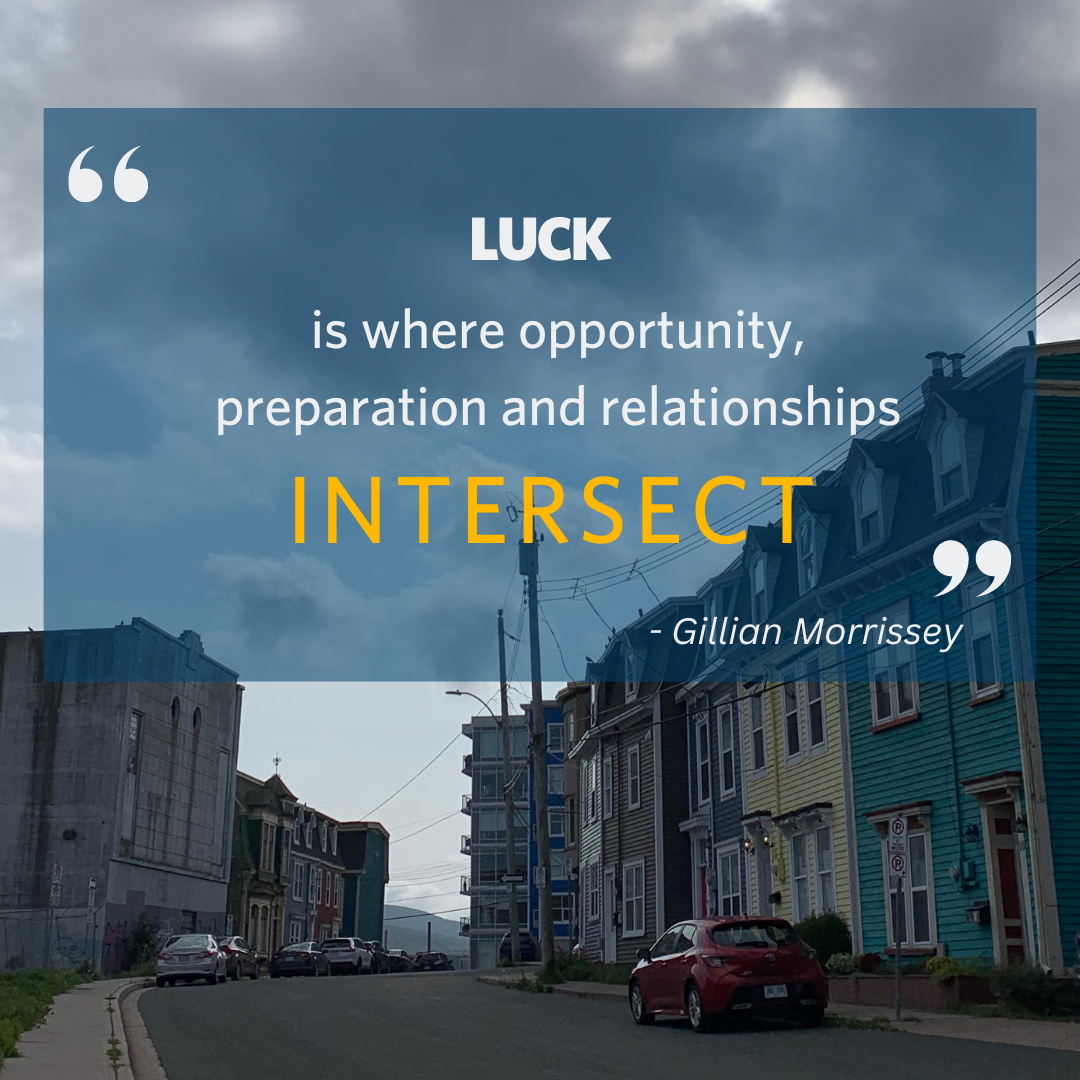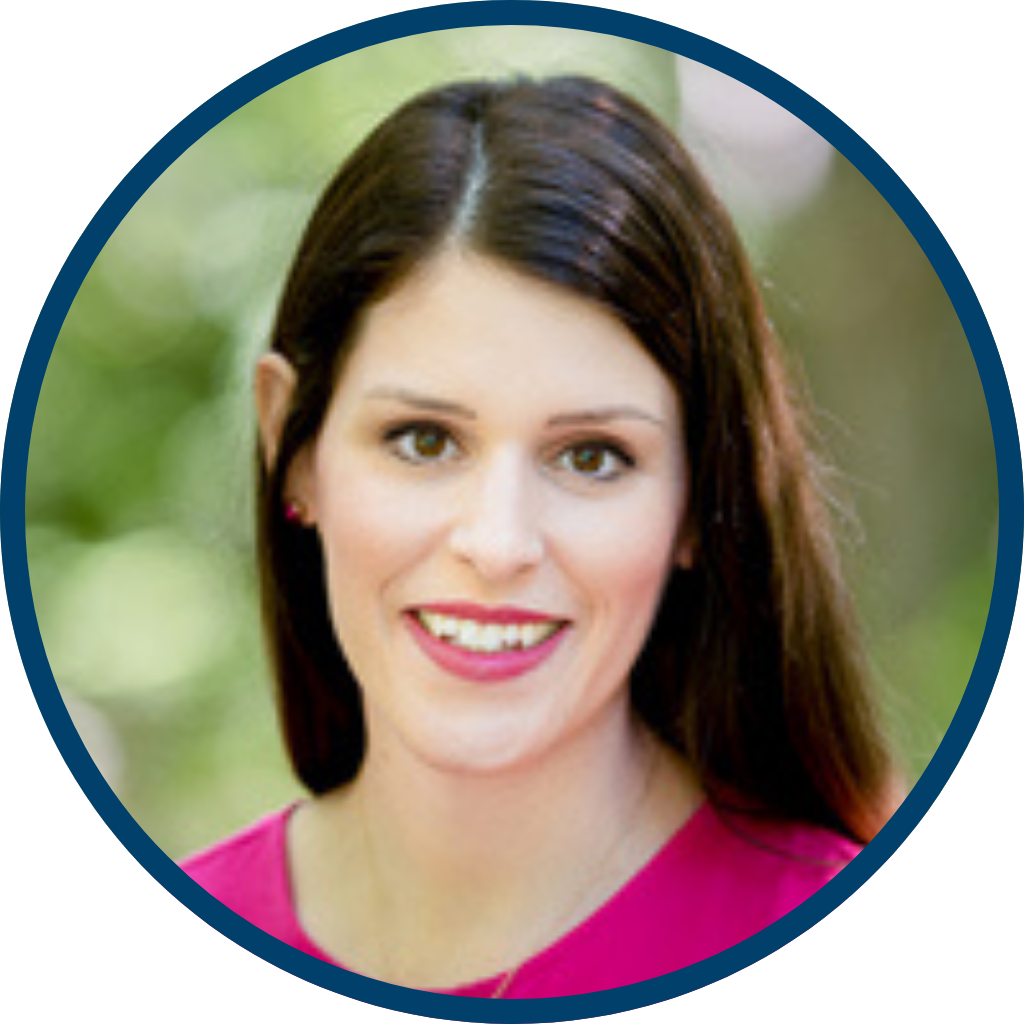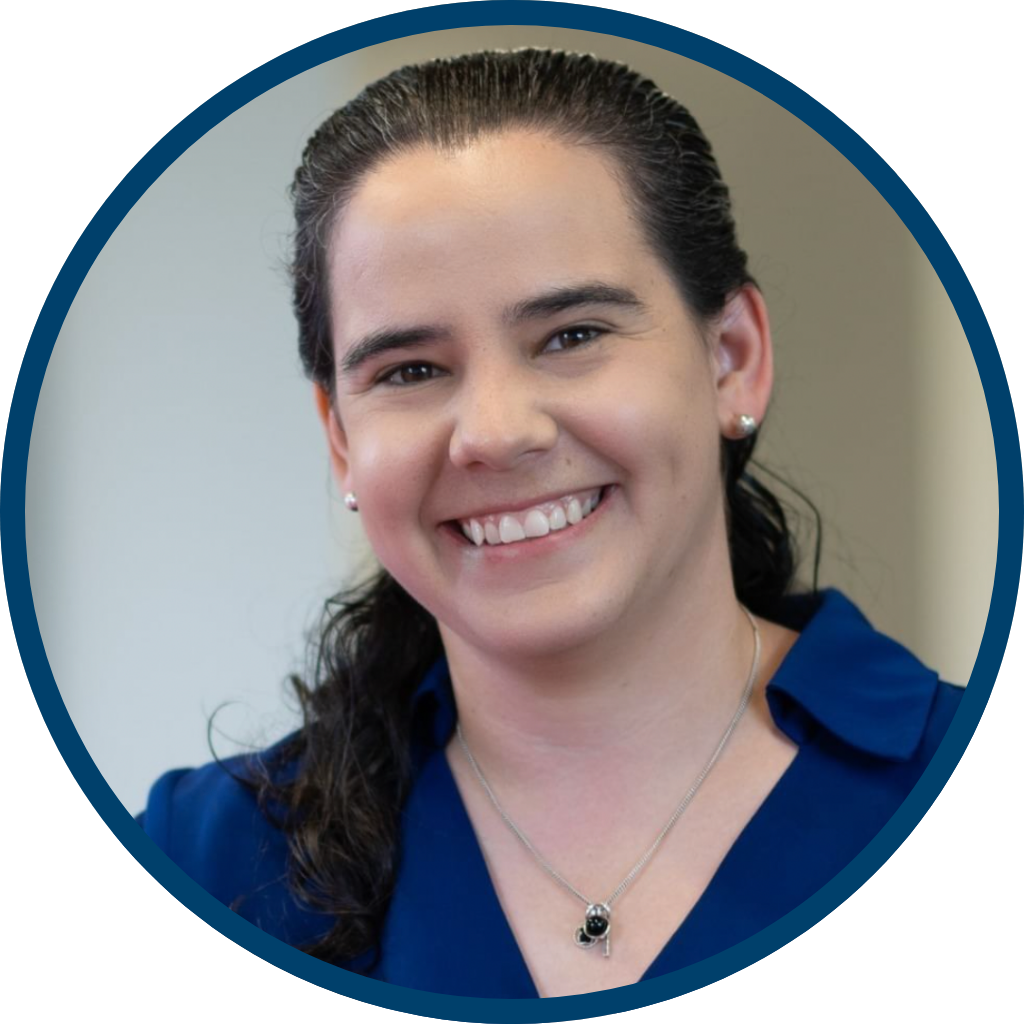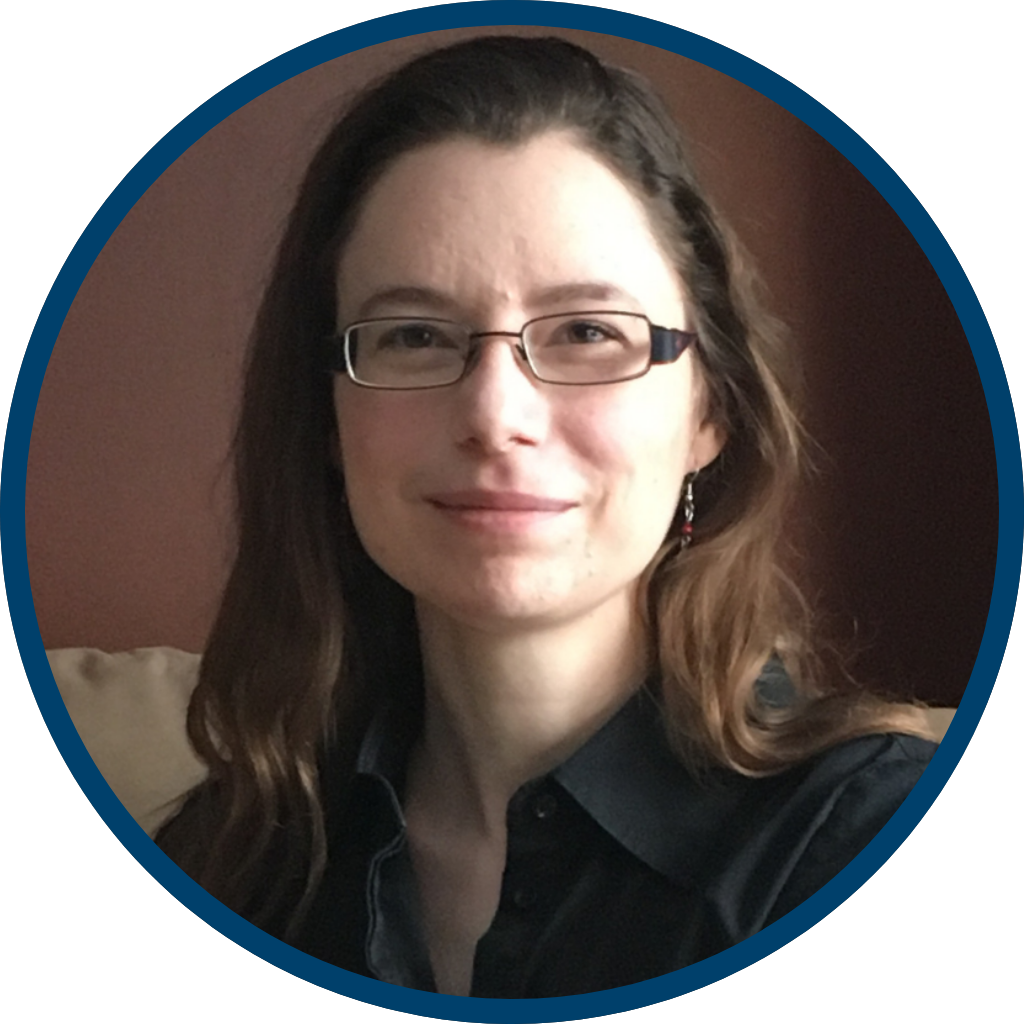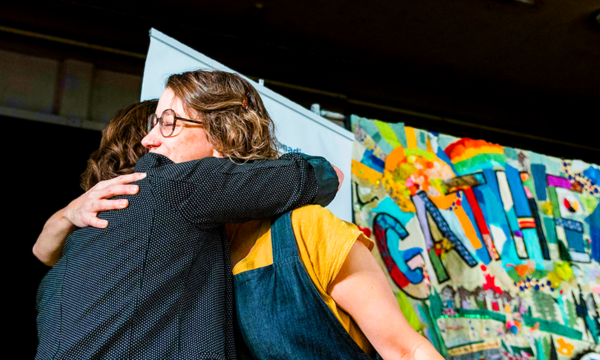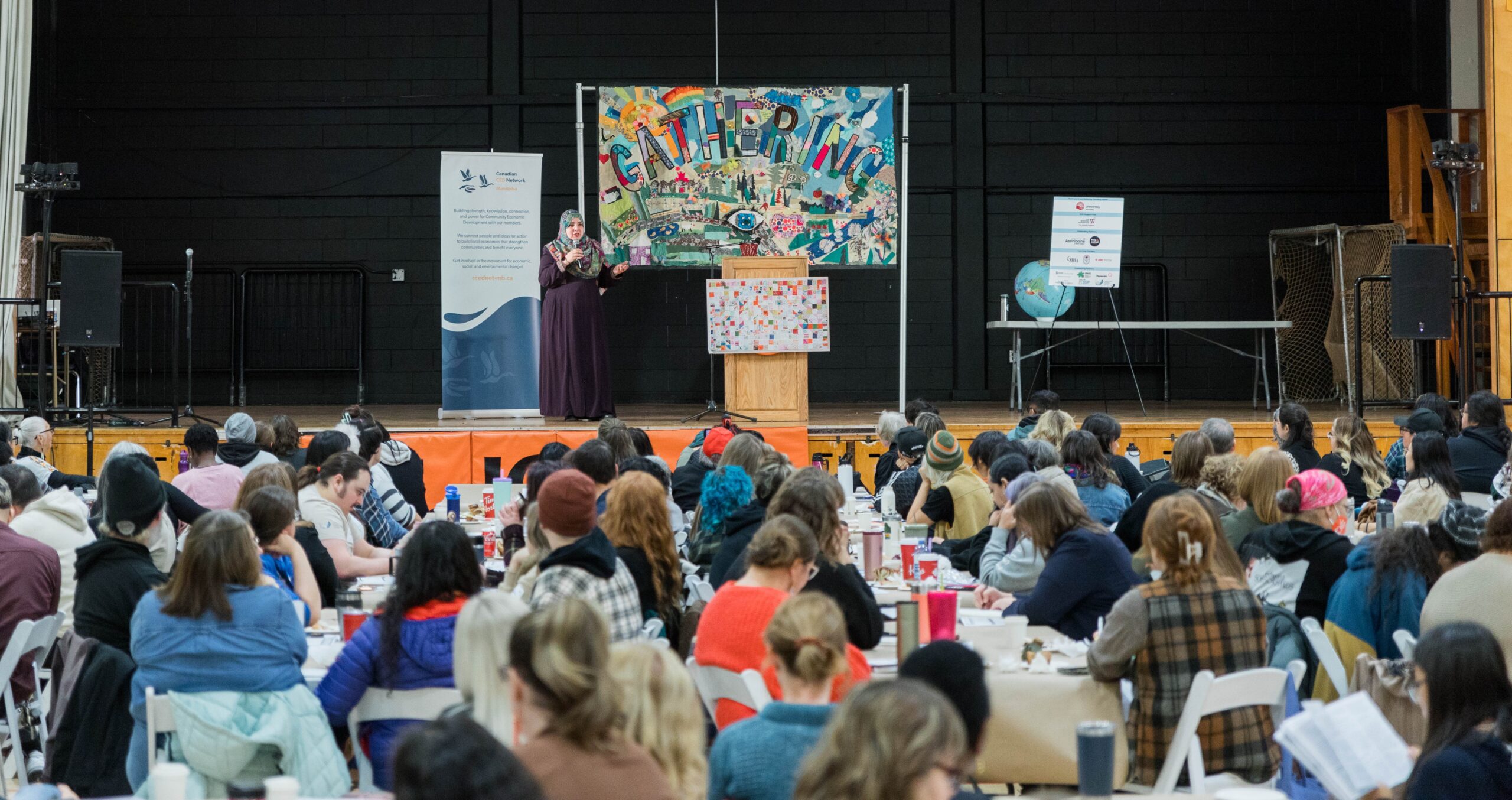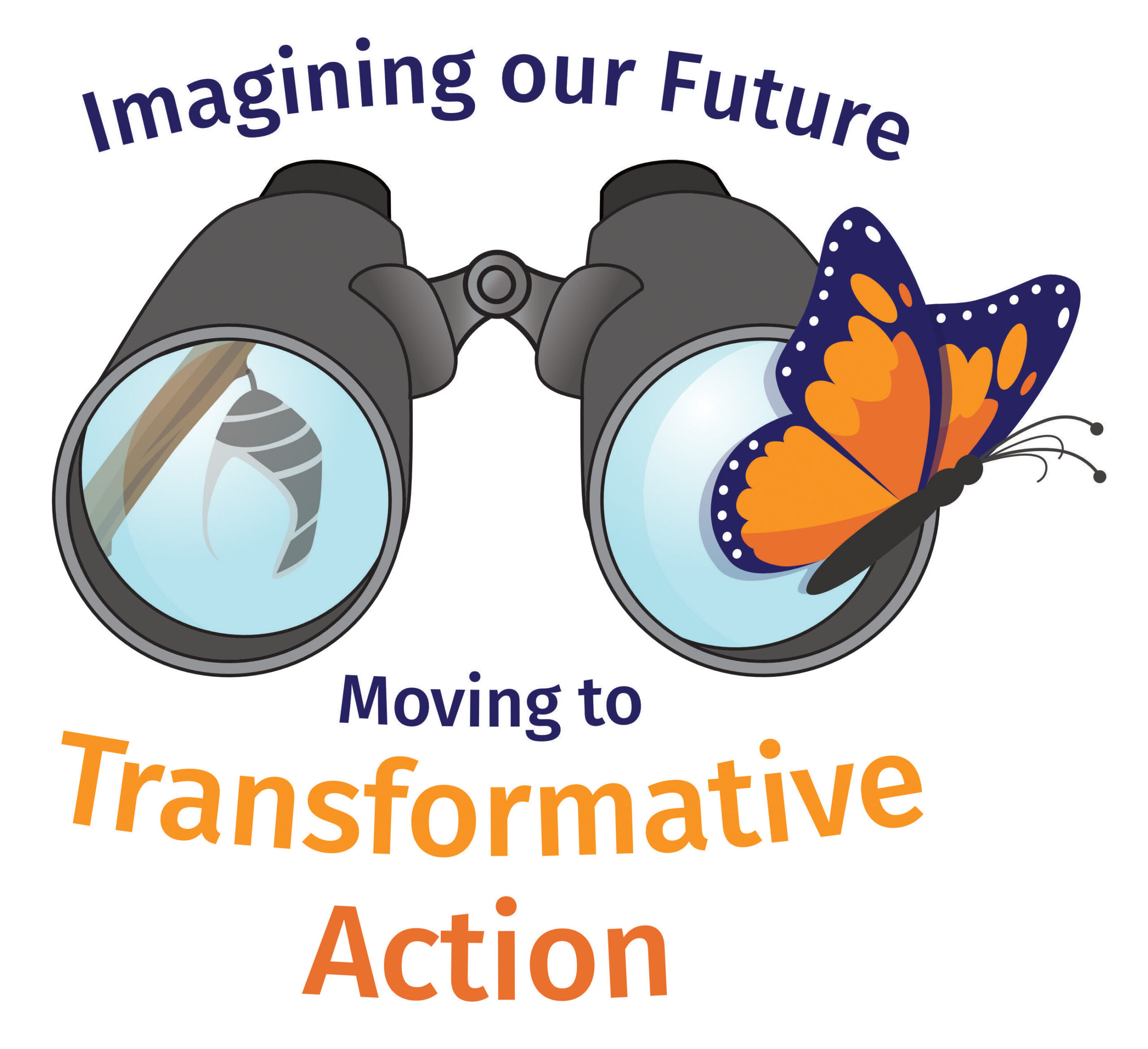This is Part 4 of our Ecosystem Building Blog Series.
Read part 1) Pan Atlantic, part 2) Saskatchewan, part 3) Ontario
Read section two of this conversation in Blog 5: Can’t quantify relationships: 6 reasons why funding for ecosystem building is essential (and why it’s tricky to obtain).
Stay tuned throughout May for the rest of the series! Ecosystem building is a core focus of CCEDNet’s Regional Initiatives Program.
Creating Luck:
“Where opportunity, preparation, and relationships intersect.”
Conversation with NL Partners: Section 1
Interview With
Gillian
Morrissey
CSE
Mariana
Jiménez Ojeda
CSCNL
Cheralyn
Chok
Propel Impact
Melissa Sinfield
(Interviewer)
CCEDNet
Interviewer and Editor:
Melissa Sinfield, Regional Initiatives Manager
Blog Summary
Read this if you are:
- Questioning the viability of ecosystem building in rural, fishery, or labour class communities?
- Curious what types of community histories and traits might foster ecosystem building organically?
- Wondering why collaboration seems second nature in some regions?
- Want to learn more about Newfoundland and Labrador’s growing community economic ecosystem?
Blog Notes:
Region: Newfoundland and Labrador
We spoke with Gillian, Mariana, and Cheralyn who are working on an ecosystem building project hosted by the Centre for Social Enterprise (CSE), Community Sector Council of Newfoundland and Labrador (CSCNL), Propel Impact, and the Community Foundation of Newfoundland and Labrador (CFNL).
The project’s aim was to quantify the size and stage of the social enterprise ecosystem in Newfoundland and Labrador in order to understand the potential demand for an impact investing fund in the province. This project is supported by CCEDNet’s Regional Initiatives Program.
Note: interview has been edited for length and clarity.
What is Ecosystem Building to you?
Cheralyn: I haven’t used the term “ecosystem building” in the past, but in this context, I think it’s recognizing the immense value that each individual part of a community or different organizations bring to the table and giving them the platform to voice their experience and knowledge. Then, bringing them all together to be able to learn from and lean on each other’s expertise.
That’s what this type of project allows us to do. To unearth all of these things. And to shed light where it’s already being done but we just might not know, because we don’t always have the resources at the time to go find it.
“
I think it’s recognizing the immense value that each individual part of a community… bring[s] to the table and giving them the platform to voice their experience and knowledge.
“
The Spark: Coordinating a collaborative response to systemic problems
What was the spark that ignited this project you are working on?
Mariana: Speaking for myself, I have perceived a really strong sense of community in the province. Rooted in that sense of community, I think what moved all of us was the opportunity to jointly contribute to creating something better and support organizations that are changing the challenging situations we live in.
Gillian: Newfoundland and Labrador has a history of this kind of organizing for social change. If you look through our history, particularly in the fisheries, the nature of Newfoundlanders and Labradorians is to collaborate and endure, to creatively find ways to persevere in hard situations. Living over here is not easy, you know. I think collaboration and resilience is in our nature.
Mariana: I think we were aware of the needs and the context we were in, but we were also in that mindset of growth and partnerships. So, coming from that mindset, we tried to coordinate that “collision” of passionate changemakers. That is what sparked it.
Mariana: This is about wanting to create something better and being mindful that we cannot do it alone. It’s not only better but also essential to do it together. Having all the partner organizations with an impact-focused approach was a bonus that made the collaboration flow and grow smoothly.
Collaborative Partnerships as a catalyst for systemic change
That naturally leads into the question of how did this partnership come to be?
Mariana: In that mindset of growth and partnerships, a gap or disconnection was identified when it came to leveraging outside expertise, and we wondered how we could bridge that in a way that would remain local.
Mariana: We strongly believe in collaboration, and how this enhances learning opportunities and meaningful and resilient relationships. Instead of duplicating work, we could work together on transferring and tailoring expertise while recognizing the value that every person brings to the table.
Cheralyn: On our end we connected with Mariana a couple years ago. We have a cut-off age [for participating in our training programs of the time] and Mariana was outside of that, so it sparked this conversation around maybe we should have another program for folks who are more experienced? That is how we met Mariana, and we kept in touch over the years.
“
In that mindset of growth and partnerships, a gap or disconnection was identified when it came to leveraging outside expertise, and we wondered how we could bridge that in a way that would remain local.
“
We needed to build the relationship with communities and get a deep understanding of their models and what they are looking for. Integrating education [about social finance] is how we build relationships and trust. It is hard to find funding for that type of work.
Gillian: I would echo, Cheralyn’s comments about deep relationship building. This kind of work requires collaboration and an understanding of the history here.
At the Centre for Social Enterprise we have a broad mandate that is both community and student oriented. It is second nature for us to be collaborative and to engage with the community to look to the lived experience of others, along with the individual expertise of partners. For me, it’s a no-brainer to bring on a partner like Propel, who has expertise in social finance and impact investing, to do this and do it right..
“
It’s not about advancing one organization’s goals over the other…
We’re all working together in pursuit of an aligned vision.
“
It’s not about advancing one organization’s goals over the other or anything like that. We’re all working together in pursuit of an aligned vision – we have our own strengths and expertise that comes together in a way that is much stronger than any one of us would be on our own.
I wasn’t the person that started all of this. That was between Mariana and Cheralyn. As a manager of the team that Mariana was part of when this happened, it was just an easy “yes”. The value of this partnership was obvious, so let’s make it happen. Then to have CCEDNet jump in and support on this particular project and our other partners, CSCNL and CFNL, come in as collaborators and funders on the different pieces…we’re all here at the table, we want to work together. That enthusiasm for partnership sets the stage for everything coming together.
Collaborative mindset as a way of being
Melissa: I’m kind of curious, in terms of how you said that the relationships already pre-existed in the case of Newfoundland. I know that is a case elsewhere too, but in some regions there’s this kind of automated go-to that if you’re faced with a challenge, “let’s work together.” And what you are describing sounds like that. Whereas I have also encountered some places where that would never even come to people’s minds to collaborate and instead scarcity induced competition is the default.
So I’m really curious in terms of Newfoundland’s case when you say that you already have that kind of relationship building and collaborative mindset, what is the history behind that?
Gillian: I think it comes back to our nature as a people. People who forged a life in a very difficult or challenging environment. I mean, the weather is inhospitable at best, most of the year. We’re a province that has worked hard for the prosperity we’ve built whether that’s in industry, or nowadays in technology. It all comes from our nature to be collaborative and innovative, in order to survive.
There’s also a funny thing here in Newfoundland where when you meet another Newfoundlander you ask, “ who’s your mother? Who’s your father?’ because there’s a good chance you know them or are related to them somehow. Six degrees of separation (or less) is very true in Newfoundland and Labrador. It’s a small place. We’re all connected. And what happens to one of us happens to most of us, so we all pitch in and work together. I believe that translates into the community sector and the work of social innovation/social entrepreneurship in this province as well.
“
We’re all connected. And what happens to one of us happens to most of us, so we all pitch in and work together.
I believe that translates into the community sector and the work of social innovation/social entrepreneurship in this province as well.
“
Gillian: Melissa, I have one final thought. My dad, a business man himself, has this saying that luck is where opportunity meets preparation. But I think in our context of social innovation and social enterprise, it could also be:
Luck is where opportunity, preparation, and relationships intersect.
This ecosystem building project has led to other collaborations and initiatives between these partners. It’s set the tone and space for amazing things to happen, and all of that comes together because the four partners are so collaborative and well-aligned in our values. This project was the spark that has ignited a collective movement towards resiliency and prosperity for the community and social purpose sector in Newfoundland and Labrador. We’re excited to see where it will go.
“Luck is where opportunity, preparation, and relationships intersect.”
Read Section 2 of this conversation:
Can’t quantify relationships: 6 reasons why funding for ecosystem building is essential (and why it’s tricky to obtain).

